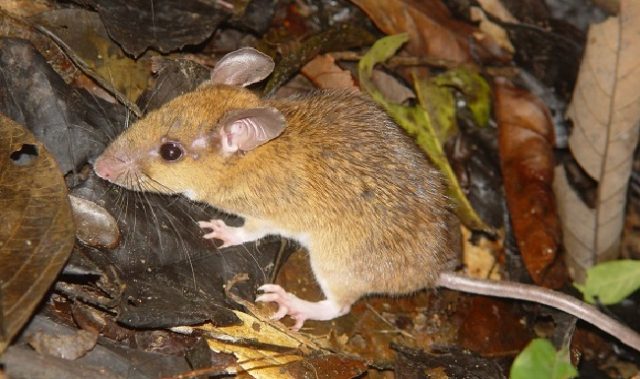
AsianScientist (Feb. 28, 2012) – In theory, signals between predator and prey species are able to co-evolve. For example, in order for an “I see you” display to develop, the prey species must be able to back up its display with any action that prevents the predator from making a kill.
This could be anything from escaping to a refuge or outrunning the predator, to collective mobbing. Without such action, even if it is rarely applied, it is difficult to see how an “I see you” display could evolve.
Asian honey bee guards exhibit a peculiar behavior whenever a predator is around – they band together and “shake” (vibrate) their abdomens from side to side for a few seconds.
Professor Ken Tan of the Yunnan Agricultural University and his international colleagues argue that an “I see you” signal has co-evolved between the Asian honey bee, Apis cerana, and its hornet predator, Vespa velutina.
The team tested some predictions of the “I see you” display hypothesis using two honeybee species A. cerana and A. mellifera, Vespa velutina hornets, and a nonthreatening butterfly species, Papilio xuthus.
Colonies of the two honeybee species were exposed to free-flying and tethered hornets, as well as to tethered butterflies.
It was discovered that the shaking by A. cerana guards appears to be an “I see you” display that significantly reduces the approach of the hornets.
The prediction that the shaking display indeed co-evolved between bee and hornet was proved by the behavior of both prey and predator: the guard’s shaking display increased with proximity of the hornet to the hive.
Hornets were repelled by the signal, even though they remained in the vicinity of an A. cerana colony longer than they did in front of an A. mellifera colony. They were more likely to approach A. mellifera colonies (which cannot produce the shaking display) and catch them than A. cerana colonies.
Conversely, A. cerana guards barely responded to the presence of a butterfly moving in front of their colony as they would with a hornet.
The article can be found at: Tan K et al. (2012) An ‘I see you’ prey–predator signal between the Asian honeybee, Apis cerana, and the hornet, Vespa velutina.
——
Source: Chinese Academy of Sciences; Photo: 4-6/Flickr.
Disclaimer: This article does not necessarily reflect the views of AsianScientist or its staff.












